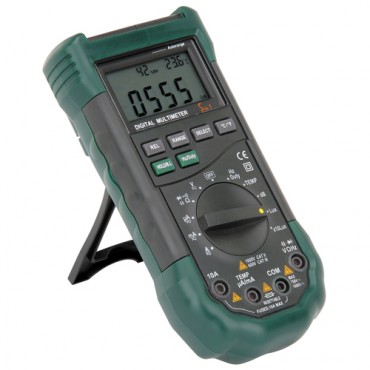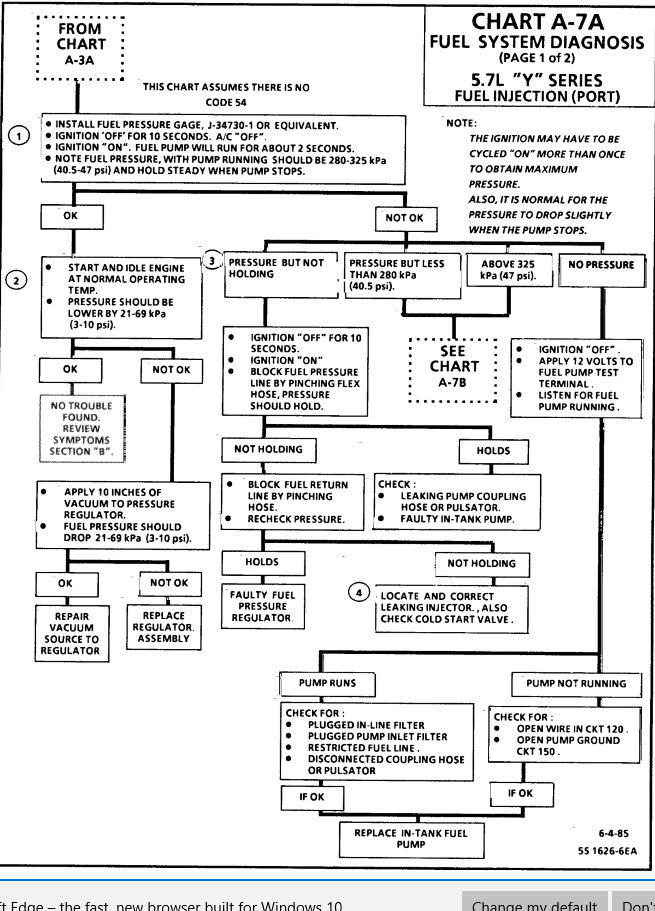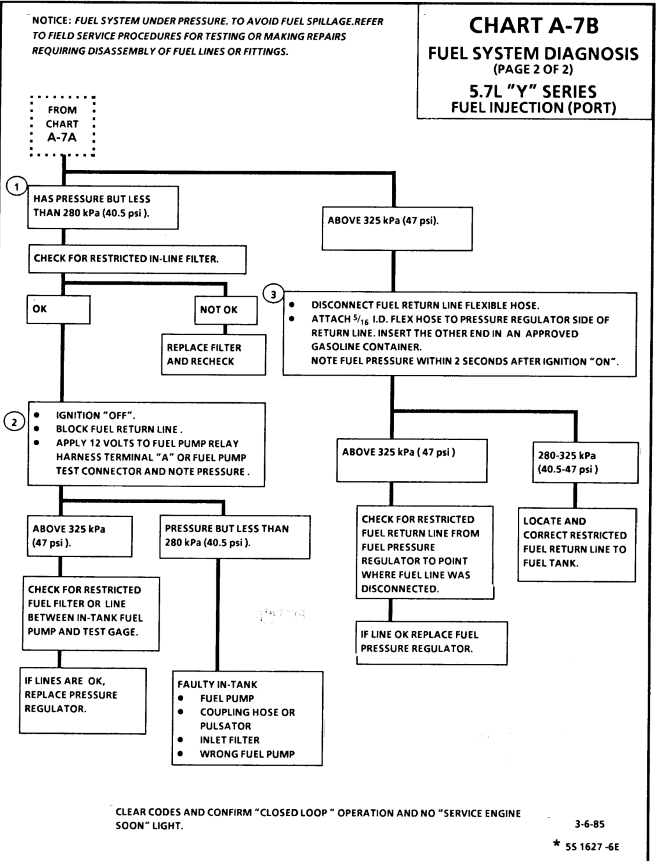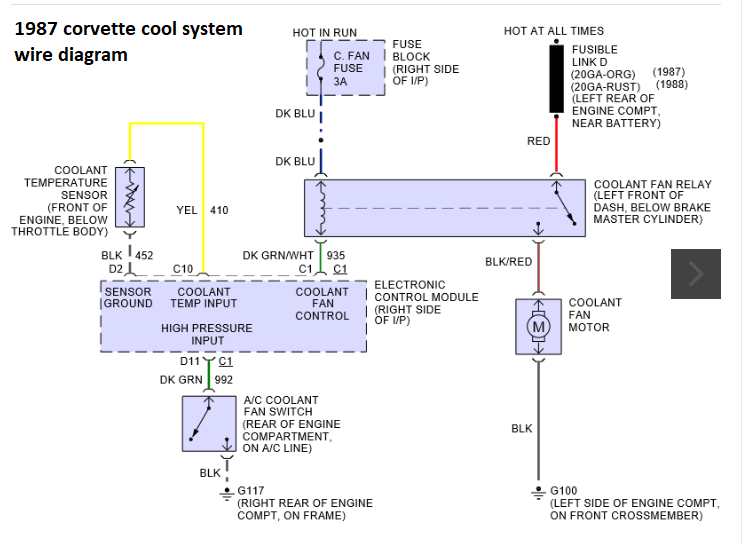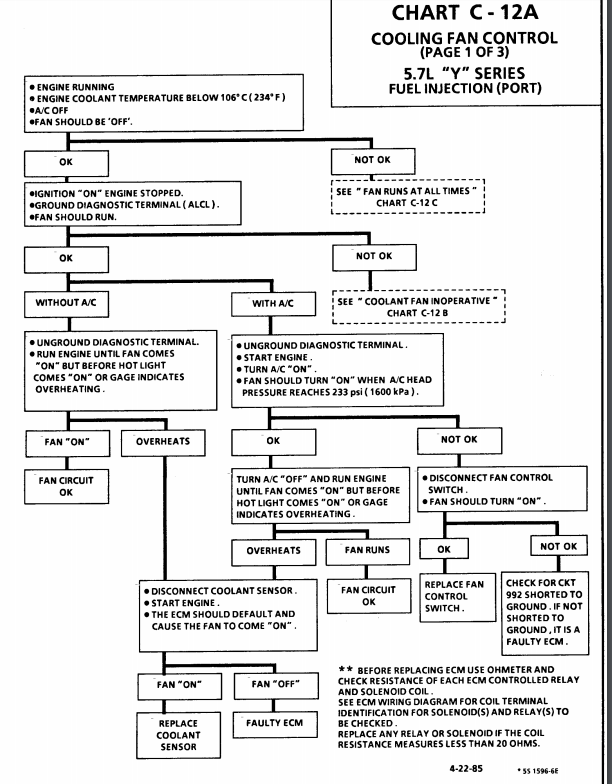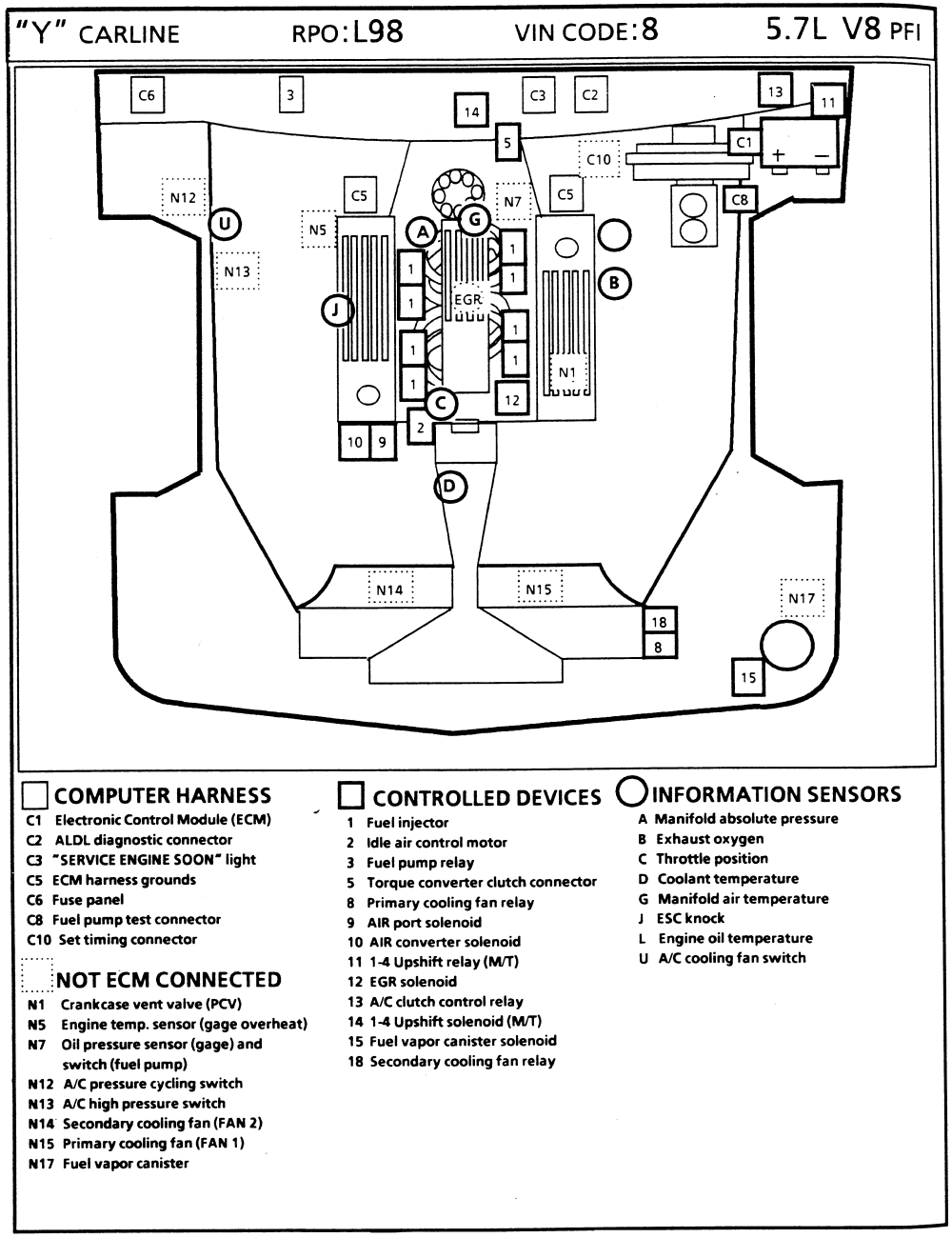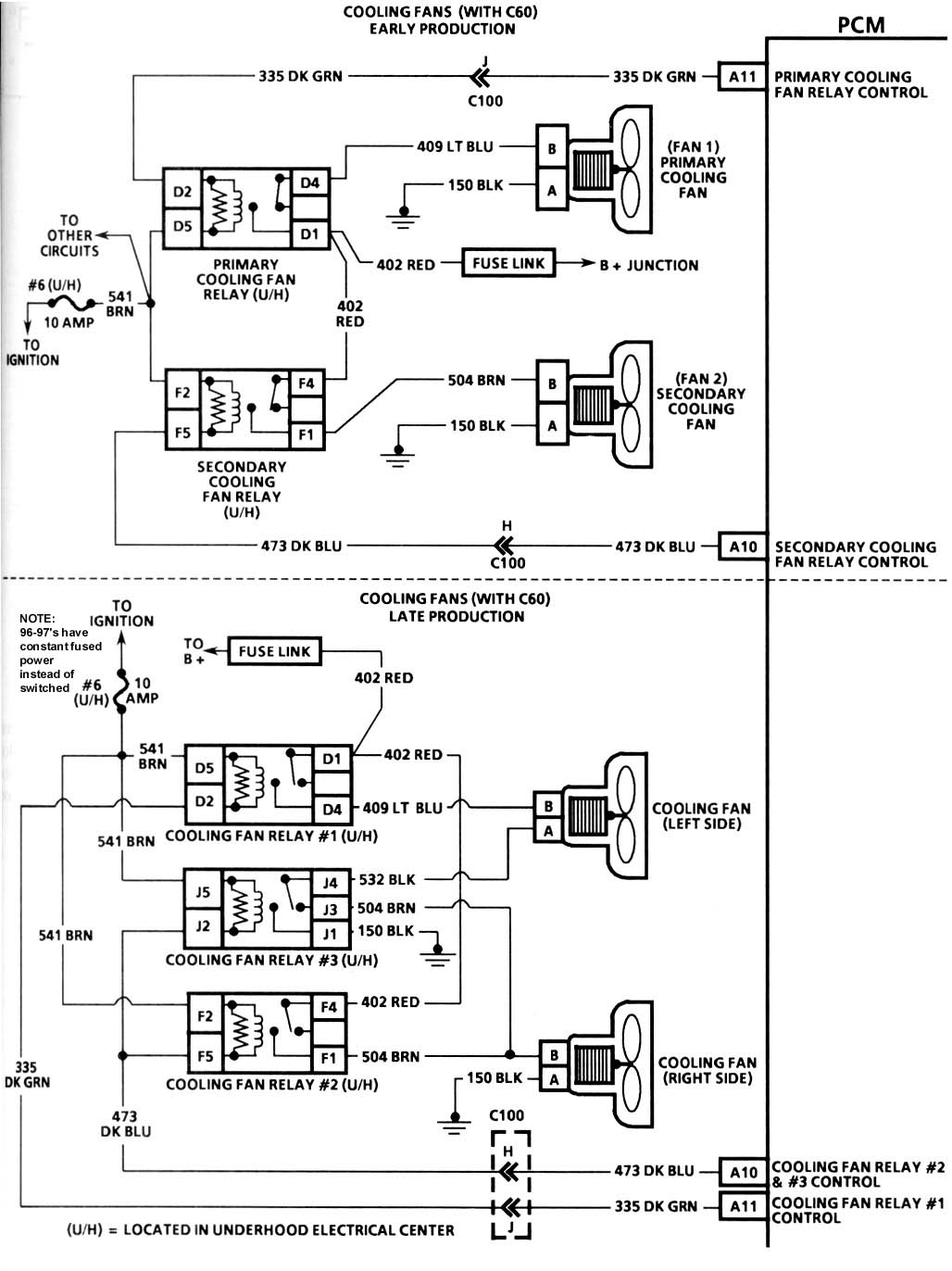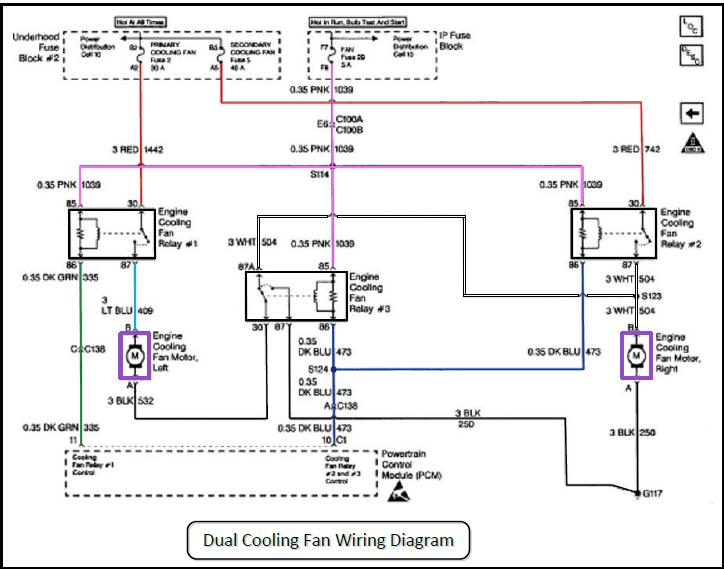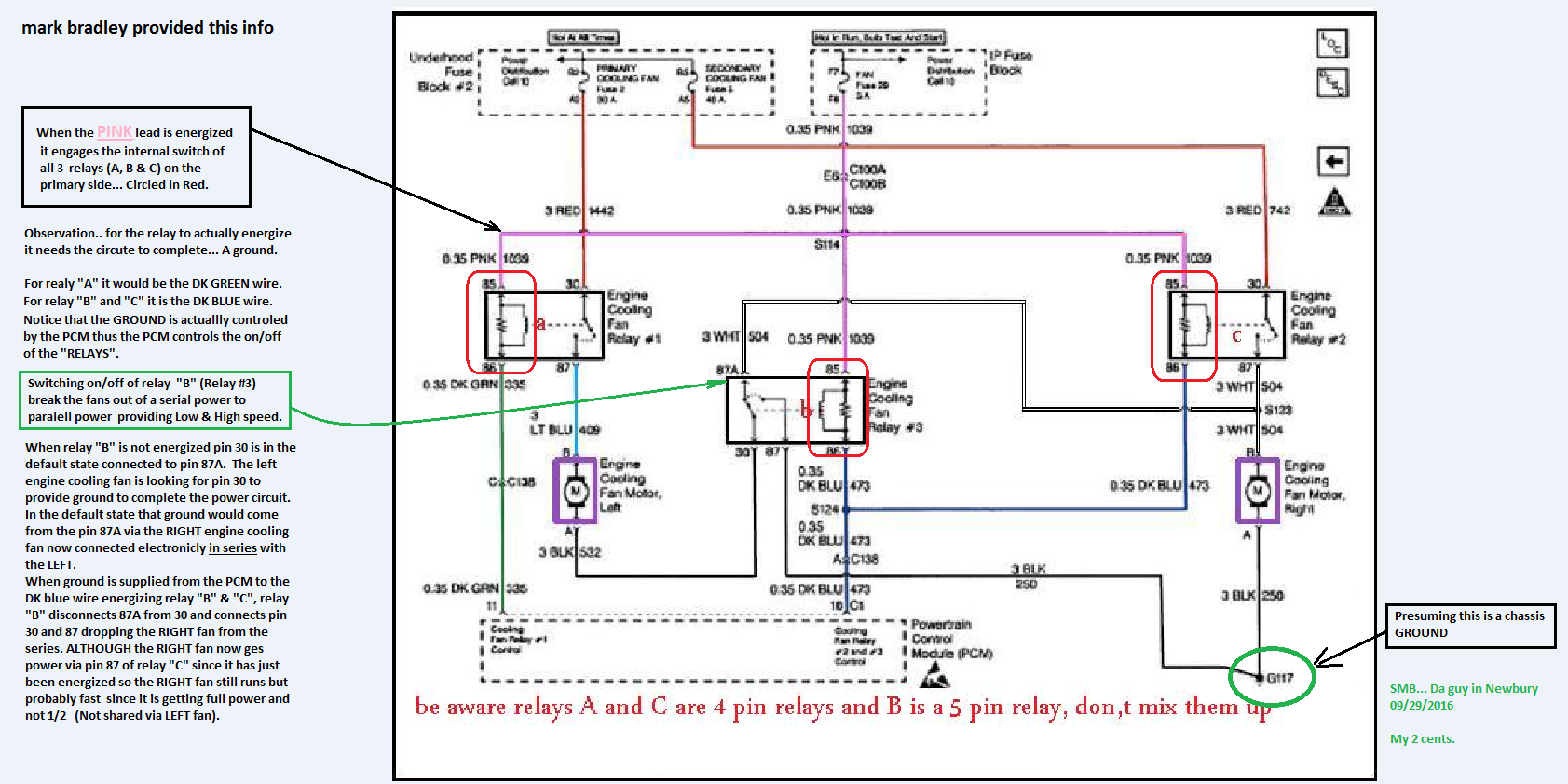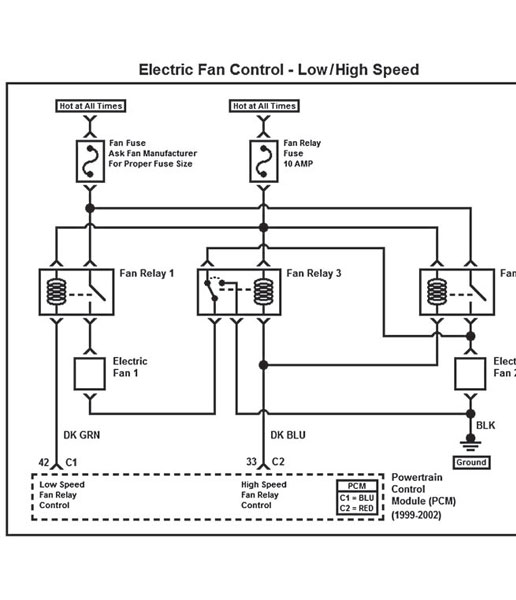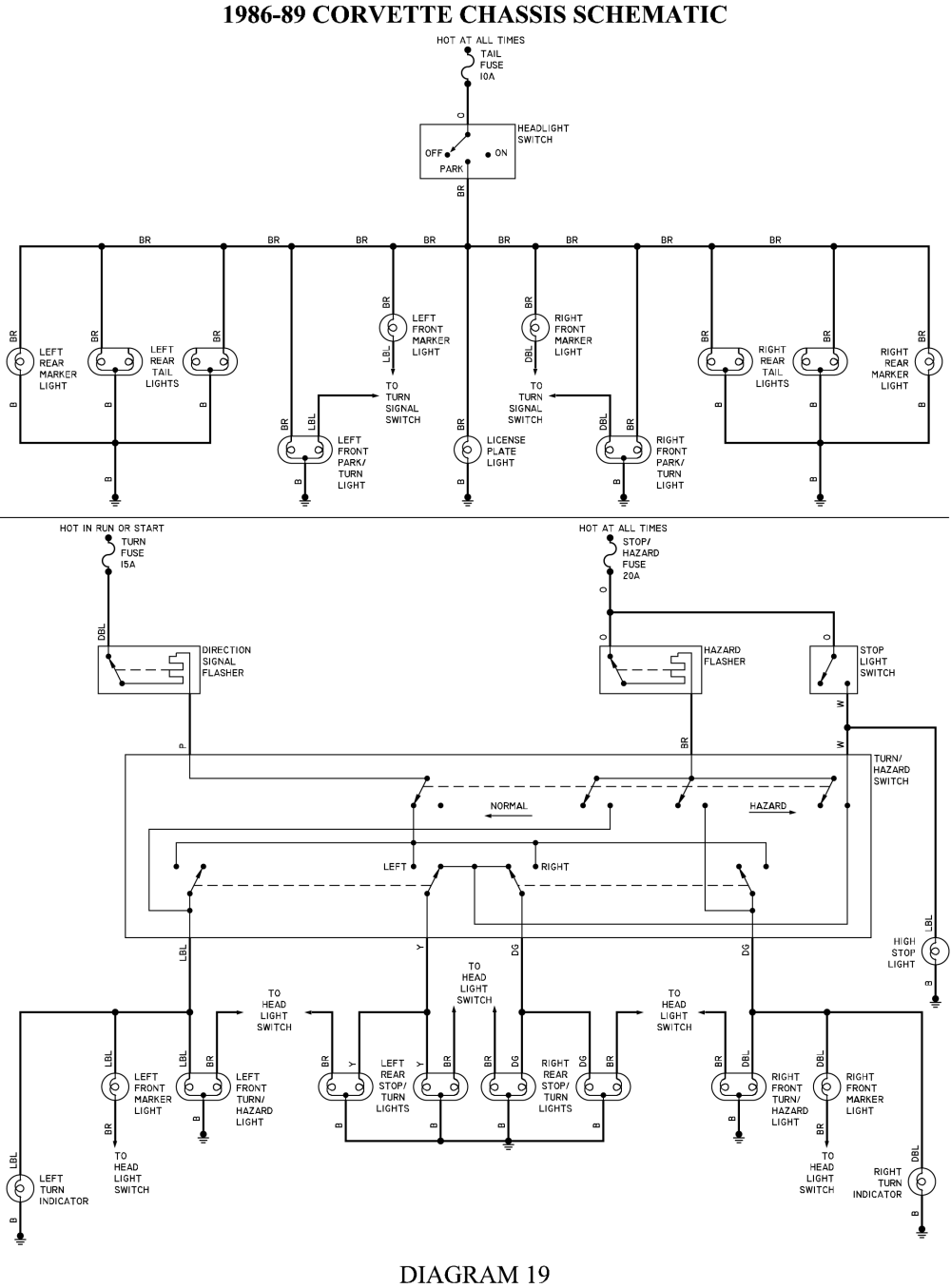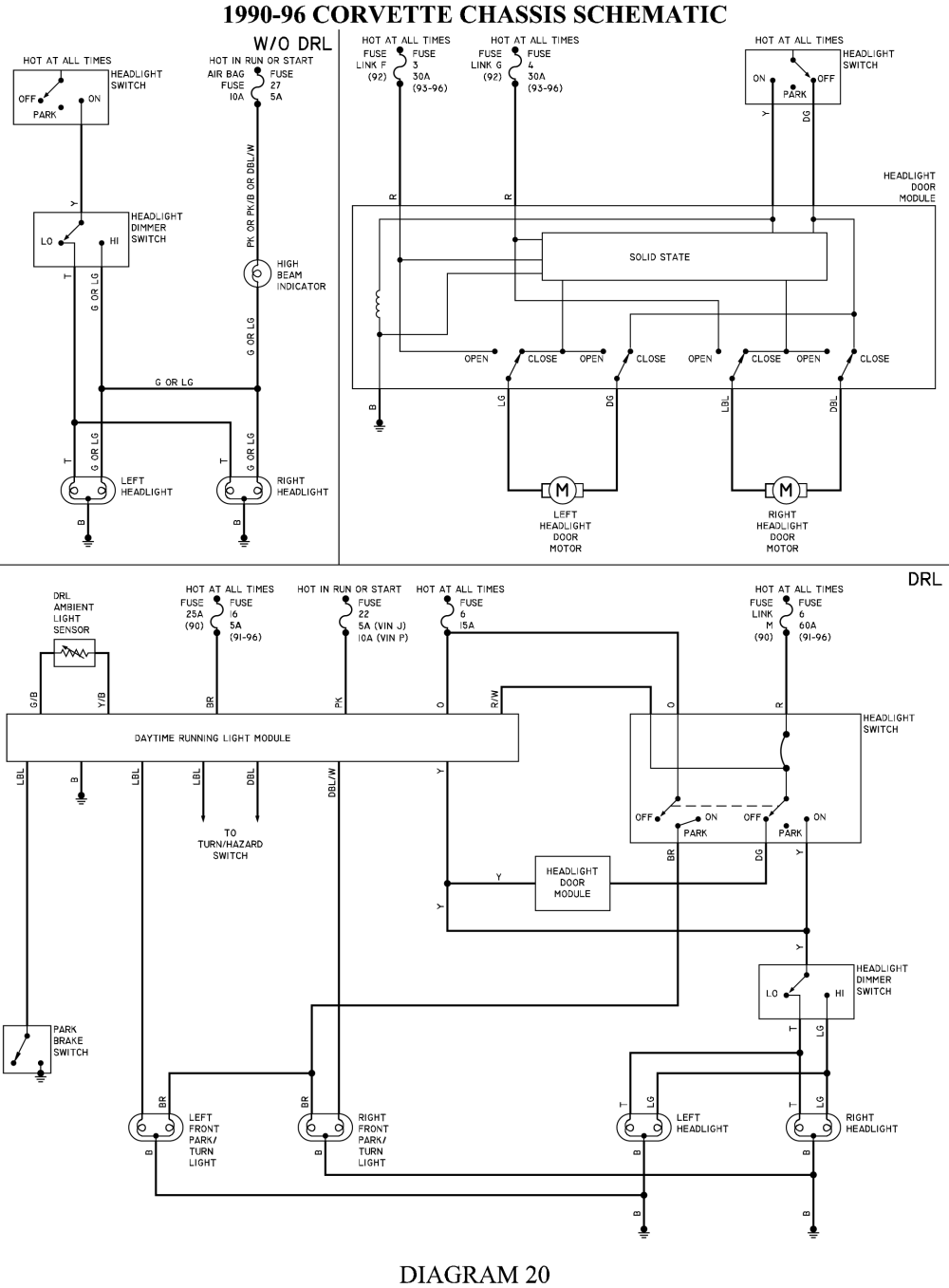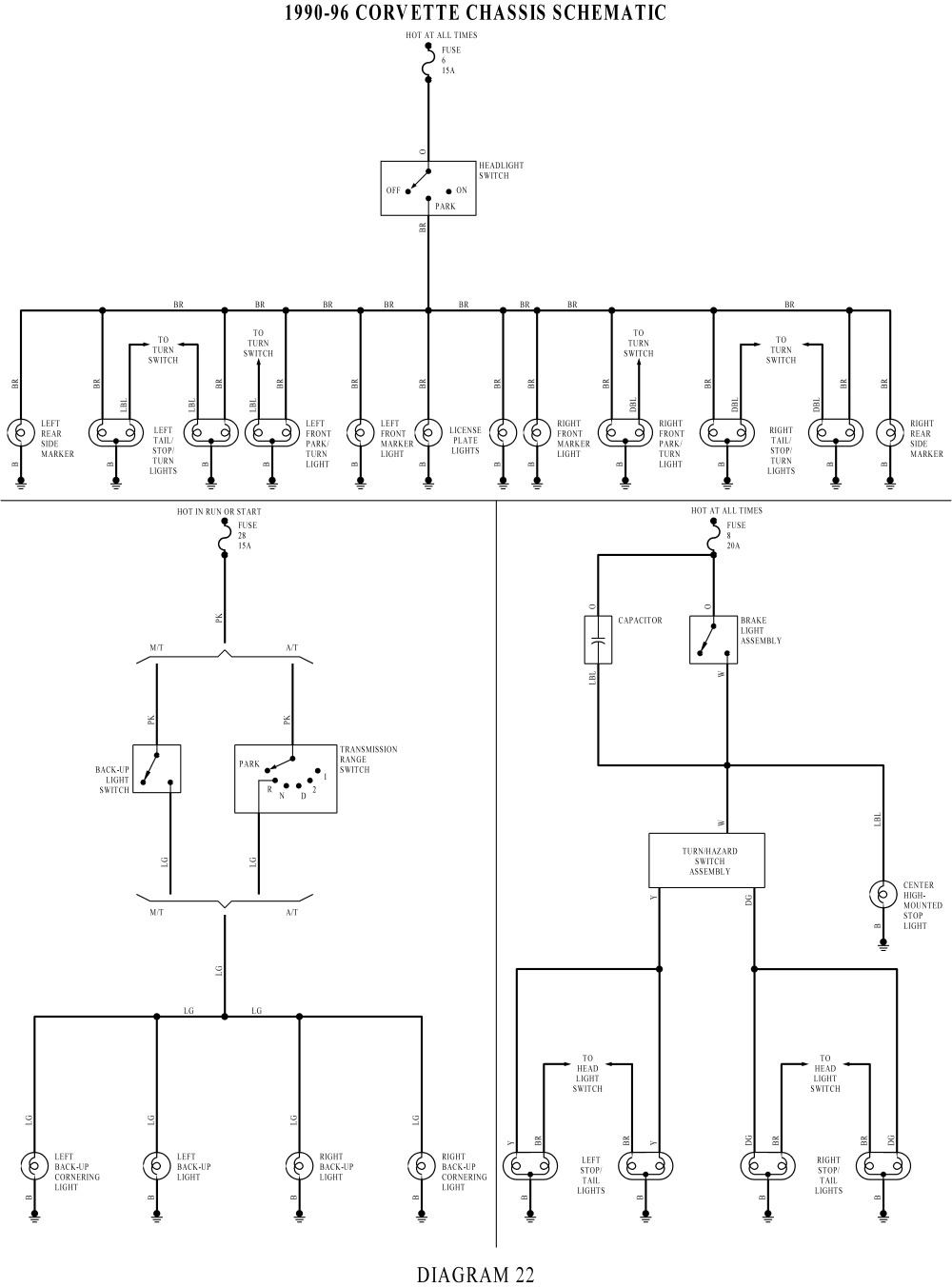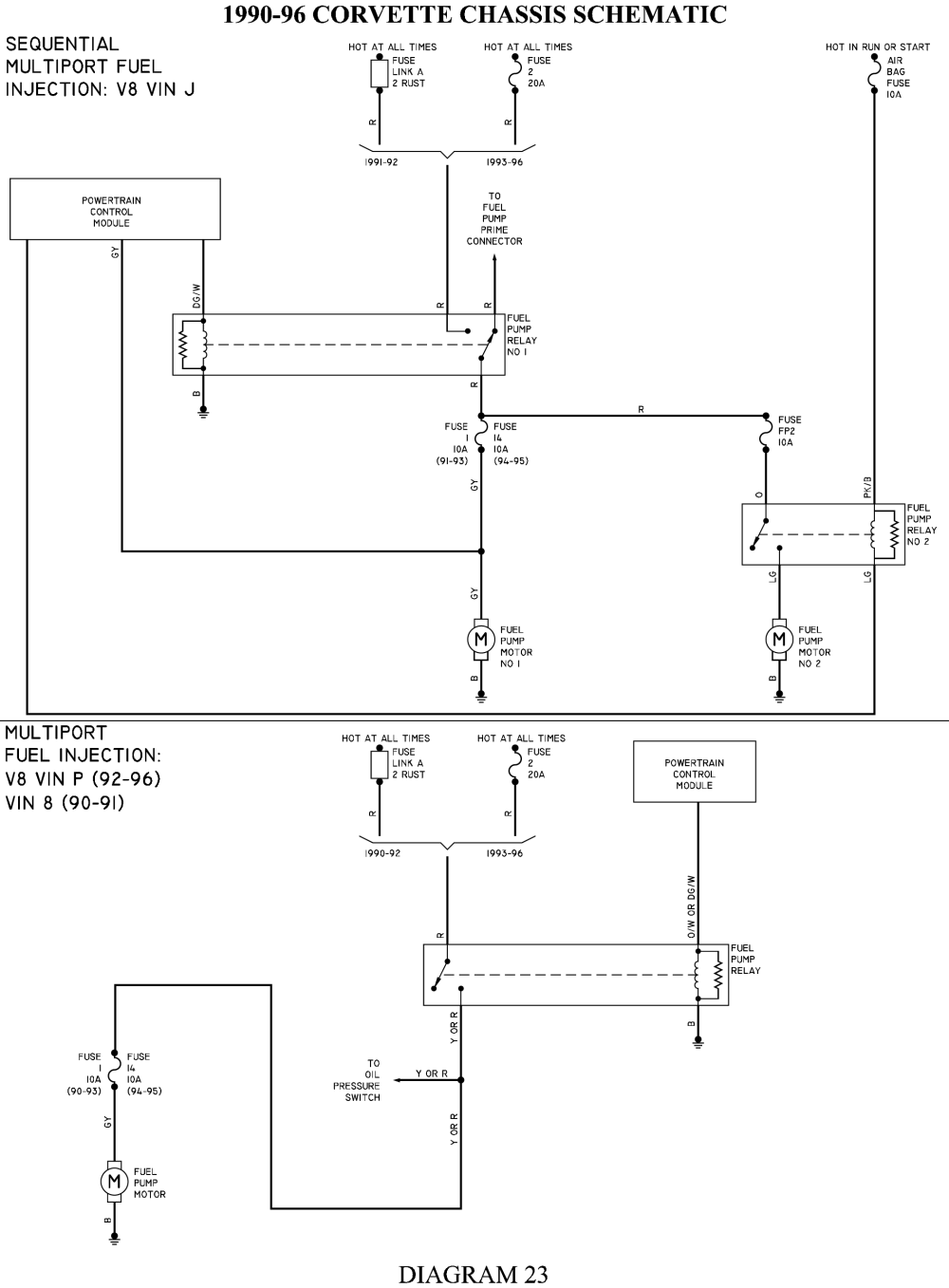I am having a problem with my '87 C-4 Corvette. I have no power to my fuel pump, fuel pump relay or the 10amp fuel pump fuse.
I have checked the wiring from my ECM to the FPR and it is good.
I also have no power to the 3amp dash lights fuse next to the 10amp fuse.
Is there a common Iam missing?
Where does the ECM receive power that goes to the fuel pump relay.
Thanks
Tony
I have checked the wiring from my ECM to the FPR and it is good.
I also have no power to the 3amp dash lights fuse next to the 10amp fuse.
Is there a common Iam missing?
Where does the ECM receive power that goes to the fuel pump relay.
Thanks
Tony

